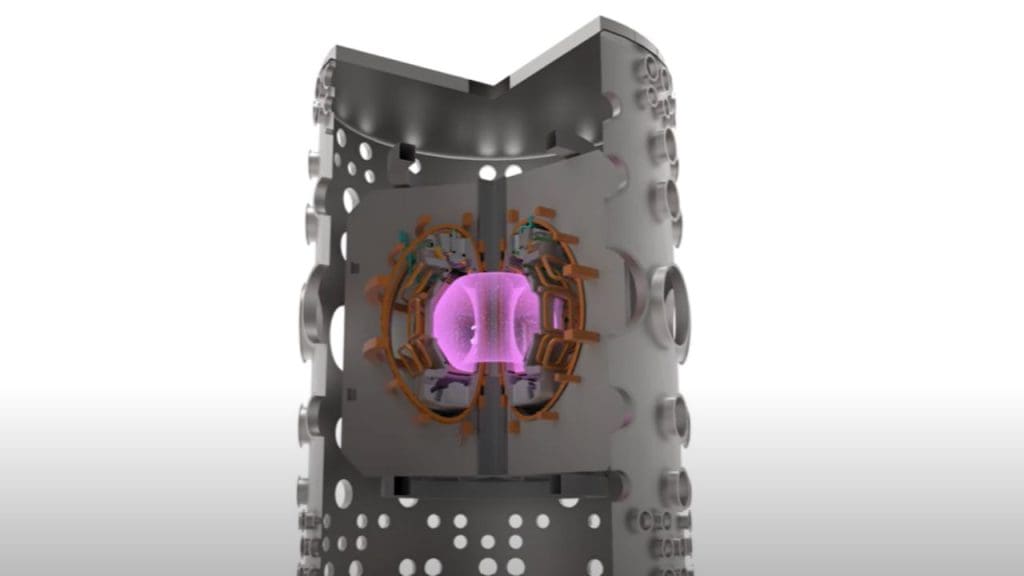
Recent breakthroughs in clean energy, such as a fusion innovation developed in Canada, are poised to transform global energy dynamics. Exciting advancements in solar panel efficiency are also contributing to the clean energy transition, highlighting the importance of continued innovation. As the world seeks sustainable solutions to climate challenges, understanding how to foster more breakthroughs is critical.
Understanding Recent Clean Energy Breakthroughs

The “Made-in-Canada Fusion Breakthrough” represents a significant leap forward in the quest for sustainable energy solutions. This innovation, developed by Canadian researchers, has the potential to revolutionize the global energy landscape by providing a cleaner, more efficient alternative to traditional energy sources. The fusion technology promises to generate energy without the harmful emissions associated with fossil fuels, offering a path toward a more sustainable future. The implications of this breakthrough are vast, potentially reducing the world’s reliance on non-renewable energy sources and mitigating the impacts of climate change [source].
In addition to fusion, advancements in solar panel efficiency are playing a crucial role in the clean energy transition. Recent innovations have significantly increased the efficiency of solar panels, making them more viable and cost-effective for widespread use. These improvements not only enhance the energy output of solar installations but also reduce the overall cost of solar energy, making it more accessible to a broader range of consumers. As solar technology continues to evolve, it is expected to become an increasingly important component of the global energy mix, contributing to the reduction of carbon emissions and the advancement of sustainability goals [source].
Furthermore, the Canadian fusion innovation is not just a technological marvel but also a testament to the collaborative efforts of scientists and engineers who have worked tirelessly to overcome the challenges associated with fusion energy. This breakthrough is the result of years of research and development, highlighting the importance of sustained investment in scientific endeavors. The technology utilizes advanced magnetic confinement techniques to achieve the high temperatures and pressures necessary for fusion reactions, setting a new benchmark in the field. As this technology progresses, it could potentially lead to the development of compact fusion reactors, making it feasible to integrate fusion energy into existing power grids, thereby accelerating the transition to a cleaner energy future.
The Role of Innovation in Clean Energy Success

Ongoing innovation is essential for achieving a successful clean energy transition. As the demand for sustainable energy solutions grows, the need for continuous technological advancements becomes increasingly apparent. Breakthroughs in clean energy technology can accelerate climate progress by providing more efficient and cost-effective alternatives to fossil fuels. These innovations not only help reduce greenhouse gas emissions but also enhance energy security by diversifying the energy supply [source].
Technological breakthroughs in clean energy are crucial for reducing dependency on fossil fuels and achieving global climate targets. By investing in research and development, countries can drive the creation of new technologies that address the challenges of climate change. These innovations can lead to significant reductions in carbon emissions, helping to mitigate the impacts of global warming and promote a more sustainable future. As the world continues to grapple with the effects of climate change, fostering innovation in clean energy remains a top priority for policymakers and industry leaders alike [source].
Innovation in clean energy is not limited to technological advancements alone; it also encompasses new business models and financing mechanisms that make renewable energy projects more viable. For instance, the rise of power purchase agreements (PPAs) and community solar projects has democratized access to clean energy, allowing more individuals and businesses to participate in the renewable energy market. These innovative approaches reduce the financial barriers to entry and provide a stable revenue stream for renewable energy developers, encouraging further investment in the sector. As these models gain traction, they play a crucial role in scaling up clean energy deployment and achieving global sustainability targets.
Strategies to Foster More Clean Energy Breakthroughs

Investment in research and development is a critical driver of new clean energy technologies. By allocating resources to innovative projects, governments and private entities can spur the creation of groundbreaking solutions that address the pressing challenges of climate change. This investment not only supports the development of new technologies but also helps to build the infrastructure necessary for their widespread adoption. As countries strive to meet their climate goals, increasing funding for clean energy research and development is essential for fostering innovation and driving progress [source].
International collaboration and policy support are also vital in encouraging innovation in clean energy. By working together, countries can share knowledge, resources, and expertise, accelerating the development and deployment of new technologies. Policy measures, such as subsidies and tax incentives, can further incentivize investment in clean energy projects, making them more attractive to investors and developers. As the global community seeks to transition to a more sustainable energy system, fostering international cooperation and supportive policies will be key to unlocking the full potential of clean energy innovations [source].
Education and workforce development are also critical components in fostering clean energy breakthroughs. By equipping the next generation of scientists, engineers, and policymakers with the skills and knowledge needed to tackle complex energy challenges, countries can ensure a steady pipeline of talent to drive innovation. Educational institutions and industry partnerships can facilitate hands-on training and research opportunities, preparing students to contribute effectively to the clean energy sector. Additionally, public awareness campaigns can help build societal support for clean energy initiatives, creating a more favorable environment for policy implementation and technological adoption.
The Global Impact of Clean Energy Innovations

The “Made-in-Canada Fusion Breakthrough” has the potential to significantly impact global energy markets. By providing a cleaner and more efficient energy source, this innovation could reduce the world’s reliance on fossil fuels and lower greenhouse gas emissions. The widespread adoption of fusion technology could lead to a more sustainable and secure energy future, with benefits extending beyond environmental impacts to include economic and geopolitical advantages. As countries explore the potential of fusion energy, the global energy landscape is poised for a transformative shift [source].
Improvements in solar panel technology also contribute to global sustainability goals by increasing the accessibility and affordability of renewable energy. As solar panels become more efficient, they offer a viable alternative to traditional energy sources, reducing carbon emissions and promoting environmental sustainability. The adoption of advanced solar technologies can help countries meet their climate targets and transition to a low-carbon economy. By continuing to innovate and improve solar technology, the global community can make significant strides toward a more sustainable and resilient energy system [source].